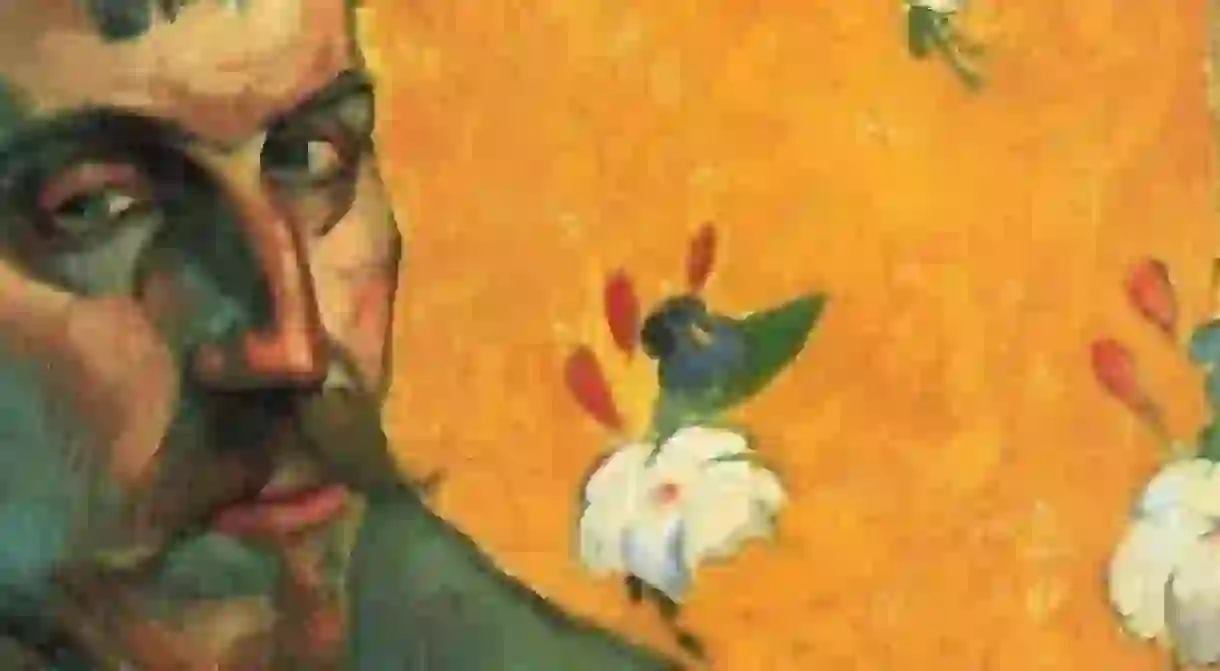Gauguin in Panama: A Forgotten Journey

French painter Paul Gauguin is famous for his impressive output of warm hued scenes of Polynesian natives. However few know that the artist’s first attempt to immerse himself in a primitive civilisation took him to the Central American nation of Panama. Jane Ellis of Panamajama looks at how the artist’s time in this Caribbean climate set the stage for his later career.

‘Colour! What a deep and mysterious language, the language of dreams.’ – Paul Gauguin
When people think of post-impressionist painter Paul Gauguin, they think of his groundbreaking paintings of Tahitians done in primitive style. Most, however, would not normally think of Panama. Nevertheless, Panama played a small but significant part in this painter’s remarkable life. Gauguin lived in Isla Taboga, a stunning tropical island off the coast of Panama City. Virtually penniless, he had left his wife and five children in Paris to try and make a name for himself as an artist. En route to Martinique, he stopped off at the Isthmus of Panama in 1887. While here he worked as forced labour on the early, disastrous, French attempt to build the Panama Canal.
‘I am leaving in order to have peace and quiet, to be rid of the influence of civilisation. I want only to do simple, very simple art, and to be able to do that, I have to immerse myself in virgin nature, see no one but savages, live their life, with no other thought in mind but to render, the way a child would, the concepts formed in my brain and to do this with the aid of nothing but the primitive means of art, the only means that are good and true.’

During his time in Panama he became extremely ill, and spent time in a Yellow Fever and Malaria Sanatorium on Isla Taboga. Nothing remains to bear witness of his stay here apart from a vibrant plaque, donated in 1995 by the French Embassy of Panama.
Accounts of this period suggest that Gauguin had a miserable time in Panama, effectively working as a slave on the canal, and remaining too ill to paint with his usual fervour. His first major output of tropical paintings, as evidence would suggest, were produced on the next stage of his travels, in Martinique.
Gauguin painted a great variety of subjects throughout his colourful career, with those of Tahitian girls being unquestionably the most well known. At the 2013 exhibition of his work: El Sueño de Panama, (The Dream of Panama) at the Canal Museum in the Casco Antiguo district of Panama City, one would hope to see early examples of his primitive style, ideally those inspired by Panama. Unfortunately, examples from this period are difficult to come by, and shown were only paintings that he had executed while in France. Although it is well known that Gauguin was ill for much of his time in Panama, surely this prolific painter could not have left his easel and brush alone for long in such a brilliant landscape.

One may then wonder whether there are yet undiscovered works of his in the country, perhaps still on Isla Taboga itself. Many people visit Panama to hunt for buried treasure left behind by pirates from days of yore. Some of these people have been successful in locating Henry Morgan’s fortune, or even entire Spanish galleons. To uncover a lost Gauguin would be a different kind of treasure, in no way less rewarding.
After his stint in Panama, Gauguin ventured onwards to Martinique, then returned to Paris before setting out once again on his travels. This subsequent journey took him to Polynesia, where he would produce the paintings that helped to establish his reputation as a great artist.
‘I have come to an unalterable decision — to go and live forever in Polynesia. Then I can end my days in peace and freedom, without thoughts of tomorrow and this eternal struggle against idiots.’













